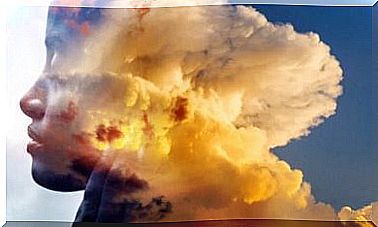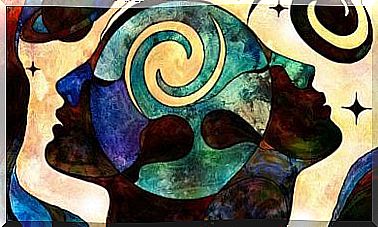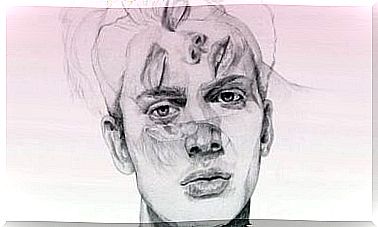Chronic Pain In Children: An Undetected Disease
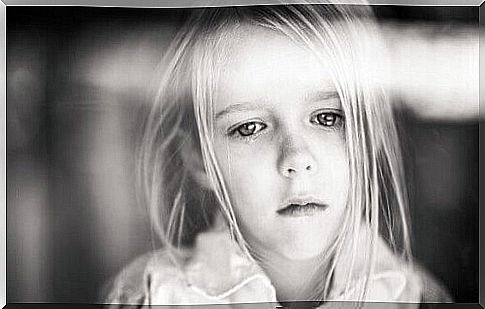
Pain is an experience as complex as it is personal. Therefore, it takes a lot of care and communication to adequately respond to the needs of the patient. However, when we see children with chronic pain, it can be difficult to communicate well with them.
They often do not yet know the right words to express what they feel. Often they may only cry or not specifically report that they are in “pain”.
Therefore, during the 20th century, chronic pain in children often went unnoticed by modern medical specialties — and psychology!
In fact, until about the mid-1950s, doctors believed that children were less sensitive to pain than adults. This undisputed conviction had serious consequences. In many hospitals, doctors performed many surgical procedures on children as young as 2 years old—with little or no anesthesia.
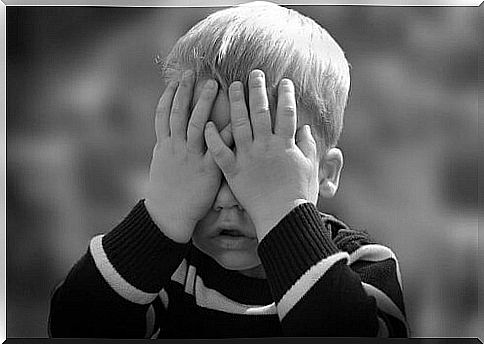
History of Chronic Pain in Children
Today, the medical world and psychology recognize that chronic pain in children has the same properties as chronic pain in adults. Therefore, the treatment between the two groups does not differ so much. Chronic pain in children lasts at least 6 months, with or without identifiable physiological causes.
The problem is that there used to be no protocols or other means to diagnose chronic pain. That’s because, in general, the resources available were designed primarily for adults and later adapted for children.
Fortunately, this has changed and clinical psychology is also starting to play a bigger role in this change.
Thanks in part to various techniques regarding recognition and emotional expression, chronic pain in children is increasingly better and more often recognized, studied and treated.
Pain is no longer seen as simple “complaining” from children. Doctors now give meaning to this and don’t see it as just a way for the child to get the attention of his or her parents.
As for children under the age of three to four, they often have the language and/or cognitive skills to express their pain through words or drawings.
However, these are the most reliable diagnostic methods. Alternative ways to map the problem in these young children is to record behavior and physiological symptoms.
Measures of Chronic Pain in Children
Older children and teens use different techniques to express their distress. Following are a few of the most commonly used:
- Pain thermometer. It is usually numbered from 0 to 10, where 0 stands for “no pain” and 10 stands for “the worst pain imaginable.” The child shows which score applies by coloring the corresponding area of the thermometer.
- Moose Color Tool (Moose Color Instrument). This is a scale of 8 colors where children choose one of these. The color corresponds to the intensity of the pain, which ranges from “no pain” to “the worst pain imaginable”.
- Faces Pain Scale (Faces Pain Scale). This is used in children who are at least 5 years old. It consists of 9 faces. Four of these represent different levels of positive expressions, four others represent negative expressions, and the last one is neutral. The child chooses the face that best fits what he or she is feeling at that moment.
- The Pediatric Pain Questionnaire. It is used for older children and teenagers. The pain is measured by means of 8 direct questions about this.
- Pain diary. This is a means of self-reporting in the form of a diary. This includes a pain scale ranging from 0 (“no pain”) to 5 (“severe pain”). With this, the child indicates how much pain he or she is in at a given moment. Doctors evaluate pain twice a day, especially after surgery.
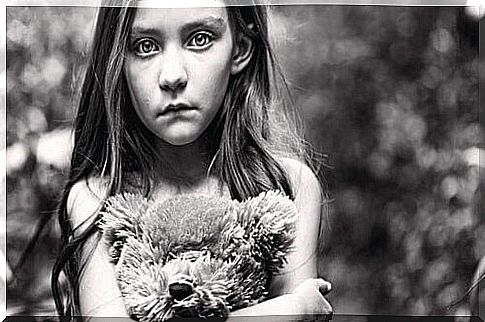
Psychological treatment for chronic pain in children
When we look closely at the available forms of treatment for chronic pain in children, we come across an alarming fact. Most of the available pain medication is not necessarily approved for use in children. Therefore, special emphasis is placed on multidisciplinary treatments for children.
Clinical psychology contributes in this case a series of treatment forms. These have proven to be very effective and efficient for children aged 7 years or older. These treatments have also shown promise in younger children with chronic pain. In principle, the type of treatment depends on the type of pain and how it is assessed.
Commonly used psychological treatment methods
- Biofeedback training. It is mainly used for different types of headaches. You will learn how to control the physiological factors that contribute to tension (in and/or around the head). It also tries to keep the body temperature under control.
- relaxation techniques. Think of breathing techniques or muscle relaxation. It has been shown to be very effective in children as it reduces pain caused by certain activities.
- Mindfulness. Research on this is still in full swing, but what we have is promising. Results so far show remarkable improvements in pain intensity and frequency.
- Hypnosis. The aim is to get and keep the physiological reactions, attention and cognitive components of pain detection under control.
- Visualization. Mental images or internal representations are used to reduce the experience of pain. This, in turn, produces an analgesic (pain-relieving) effect.
- Distraction. It has been proven that your pain only gets worse if you focus on this. The reverse also applies: distraction leaves less room in your mind for the pain.
- Contingency control. By means of a functional analysis of the child, one tries to reorganize the environment. This in a way that creates space for adapted behavior (aimed at controlling the pain) and maintaining it. Appropriate behavior is therefore encouraged and rewarded in this process.
Despite all these progressive interventions and their proven effectiveness and efficiency, access to psychological treatment forms in this process is insufficient.
Therefore, multi-disciplinary progress and more research in this area of knowledge are of utmost importance in the fight against chronic pain in children.

